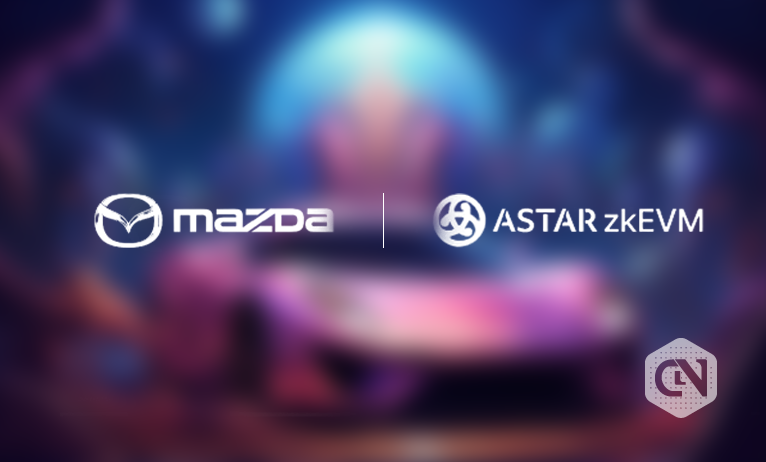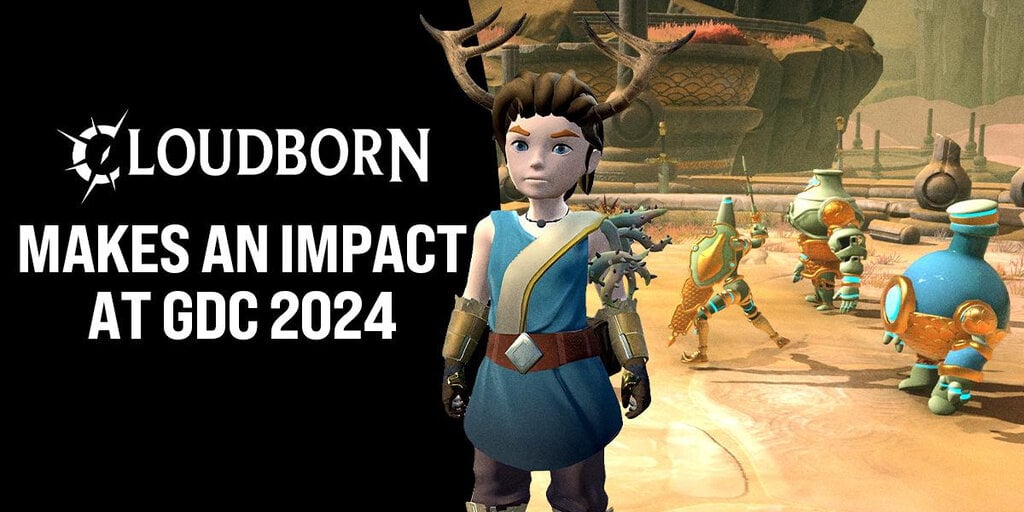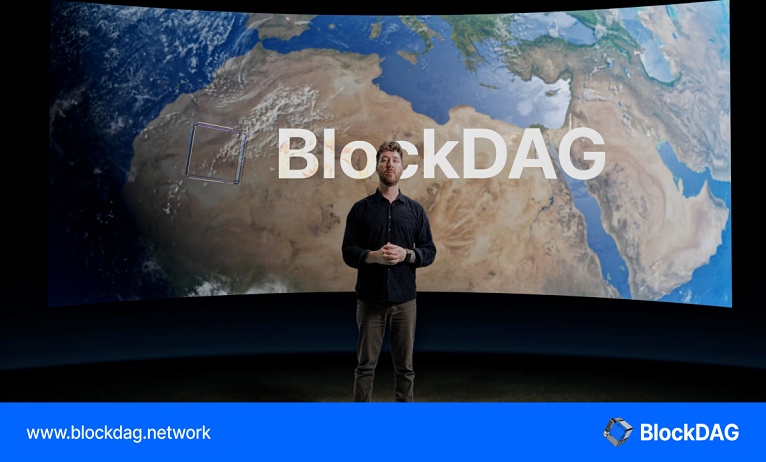Polkadot’s Parachains: Transforming Blockchain Interoperability
As the blockchain ecosystem continues to expand with numerous projects, the need for interoperability and scalability between different blockchains becomes increasingly crucial. Polkadot, a prominent player in the blockchain space, offers a unique solution known as ‘parachains’ to address this challenge. Parachains serve as a technical framework that enables distinct blockchains to scale and collaborate efficiently within the Polkadot network, leveraging its robust security, isolation, and communication guarantees.
Understanding Parachains
Unlike traditional blockchains like Ethereum, Polkadot is designed as a ‘Relay Chain’ that serves as the foundation for hosting multiple parallel layer-1 blockchains, or parachains. Each parachain can be tailored to specific use cases and seamlessly integrate with others to create an interconnected ‘internet of blockchains’. These parachains can utilize Polkadot’s native token, DOT, as a common currency for transactions.
The Relay Chain, considered a ‘Layer-0 blockchain’, does not support functionalities like smart contracts or asset transfers. Instead, it focuses on establishing consensus among different parachains that handle outward-facing applications. This consensus mechanism, based on Blind Assignment for Blockchain Extension (BABE), draws inspiration from Ouroboros, developed by computer scientist Aggelos Kiayias and also used by Cardano.
Parachains on the Polkadot network are capable of exchanging not only tokens but also data, allowing developers to create services that leverage multiple parachains simultaneously. This approach fosters a more efficient and flexible ecosystem compared to traditional single-chain solutions.
Differentiating Parachains from Sidechains
While parachains and sidechains share the goal of enhancing blockchain scalability and interoperability, they differ significantly in their architectural approaches. Sidechains, such as the Polygon Network and BNB Smart Chain, are independent blockchains built on top of existing networks like Ethereum and operate with distinct consensus mechanisms and tokens. In contrast, parachains on Polkadot share a common consensus mechanism—the Relay Chain—facilitating seamless communication and interoperability.
The Role of Kusama Network
The Kusama Network, an integral component of the Polkadot ecosystem, serves as a pre-production environment that enables developers to experiment and test new ideas before deploying them on Polkadot. Often referred to as a “canary network,” Kusama offers a less restrictive governance framework, allowing projects to iterate and refine their concepts within a live blockchain environment.
Utilizing Parachains: Real-World Applications
Developers are exploring a diverse range of applications for parachains, including:
- Astar: A popular parachain integrating Ethereum Virtual Machine (EVM) WebAssembly to enable the creation of decentralized applications for DeFi, NFTs, and DAOs.
- Nodle: An innovative parachain that bridges Web3 and physical devices by leveraging smartphones as edge nodes to interact with real-world sensors and devices.
- Moonbeam: A smart contract platform built on Substrate that empowers developers to build dapps integrating with networks like Ethereum.
Initiating a Parachain
Projects aiming to join the Polkadot network must participate in competitive auctions to secure a slot for their parachains. These auctions, governed by ‘crowdloans,’ ensure fair selection and promote competition within the ecosystem. Successful bidders have the opportunity to connect their projects to the Relay Chain for a specified duration, typically lasting around 96 weeks.
The Future of Parachains: The JAM Upgrade
Polkadot is poised for a major upgrade with the upcoming Join-Accumulate Machine (JAM) implementation. This upgrade will enable the Relay Chain to support generic services, including smart contracts, while maintaining compatibility with existing Substrate-based parachains. The Web3 Foundation has allocated substantial prize funds to incentivize developers working on JAM-related projects in diverse programming languages.
As of April 2024, stakeholders in the Polkadot community are set to vote on the implementation of the JAM upgrade through Referendum 682. This pivotal upgrade represents a significant development in the evolution of Polkadot’s parachain ecosystem, paving the way for enhanced functionality and versatility within the network.
Image/Photo credit: source url





